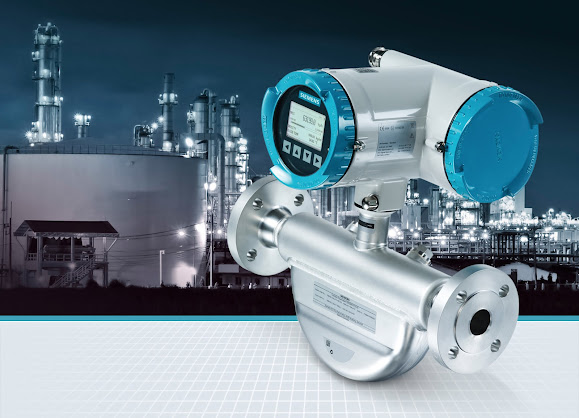Tension Load Cell: Everything You Need To Know
A tension load cell is a type of force sensor that measures the amount of tension in a material. This can be used to determine the level of stress on anything from ropes to fishing line and everything in between! To get started, let's talk about how this device works.
How does it work?
The strain gauge measures the amount of deflection in a beam. The amount of deflection is proportional to the force applied to the strain gauge, so by measuring how much your material has been stretched (or compressed), you can determine how much force was applied.
The simplest way to imagine this is as follows: Imagine a spring attached between two points on your object with some mass attached at its center point (like an upside-down pendulum).
If you pull down on one end of this spring with some amount of force F1 and let go, it will swing back up until it reaches its equilibrium position--the point where its potential energy equals its kinetic energy--and stay there until something else happens like pushing down again or releasing another mass from somewhere else along its path through space-time (which would be cool). This means that if we know how much distance our object moved during this process--say 0 inches from starting point A before releasing B? We could use simple kinematics equations involving displacement velocity acceleration etc.
What are the different kinds of tension load cells available?
There are three main types of Tension sensor, each with its own advantages and disadvantages.
- Bending beam load cell: This type of device uses a flexible beam that bends when force is applied. The amount of deflection is measured directly by an attached transducer, which converts the deflection into a voltage or current signal that can be read with a digital multimeter (DMM). While bending-beam load cells are inexpensive and easy to work with, they're also susceptible to temperature changes, material changes (such as moisture), temperature gradients between ends of the beam and vibrations caused by external forces such as wind or machinery operating nearby.
- Strain gage load cell: These devices use strain gages mounted on transducers that measure both weight capacity and sensitivity over time as well as temperature effects on accuracy over time; however these sensors tend not be very accurate for measuring static loads less than about 100 pounds because their sensitivity drops off sharply below this threshold value due to their low internal impedance values - but again this limitation is only relevant if you need enough precision in order measure static loads greater than 100 pounds!
What are tension load cells used for?
Tension load cells are used in applications where force is being measured. Compression sensor measure the deflection of a beam, which is proportional to tension on the beam. This means that you can use them to measure how much weight or force is being applied to something.
Tension load cells are used in industrial applications such as manufacturing, construction, and food processing; they're also used in medical applications such as orthopedic surgery and physical therapy.
Conclusion
Tension load cells are an important part of any manufacturing facility. They allow you to measure the tension on a belt and ensure that it's at the right level so that your machine can run smoothly. If you're looking for a way to improve your business, then consider investing in these devices today!


Comments
Post a Comment